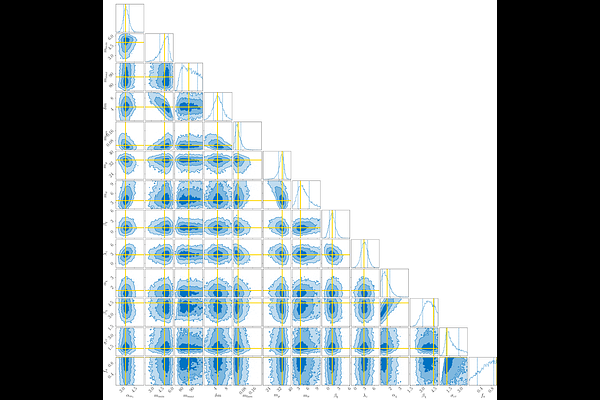The Long Road to Alignment: Measuring Black Hole Spin Orientation with Expanding Gravitational-Wave Datasets

The Long Road to Alignment: Measuring Black Hole Spin Orientation with Expanding Gravitational-Wave Datasets
Salvatore Vitale, Matthew Mould
AbstractMeasuring the distribution of spin tilts-the angles between the spin vectors and the binary orbital angular momentum-in stellar-mass binary black holes detected by LIGO-Virgo-KAGRA would provide valuable insight into their astrophysical origins. Analyses of the 69 binary black holes detected through LIGO-Virgo-KAGRA's third observing run yielded model-dependent conclusions, particularly regarding whether the spin tilt distribution exhibits a peak near alignment, as expected for binaries formed in galactic fields. In this work, we simulate populations of up to 1500 binary black hole systems with parameters consistent with the default GWTC-3 analysis, while introducing a correlation that favors small spin tilts for binaries with mass ratios near unity. We find that: (a) spurious peaks away from perfect alignment are possible even with catalogs of up to 300 sources; (b) establishing a definitive peak at alignment remains difficult even with 1500 detections; (c) integrated measurements -- such as the fraction of events with tilt angles smaller than $10^\circ$ or greater than $90^\circ$ -- are more robust and should be preferred, achieving relative 90\% credible uncertainties of $\sim20\%-80\%$ with 1500 sources; and (d) even with the largest simulated catalogs, evidence for a mass ratio-tilt correlation remains inconclusive. Our results suggest that identifying the formation channels of merging black holes using spin tilts will remain challenging, but that model-independent measurements may yield more informative insights over model parameters themselves.